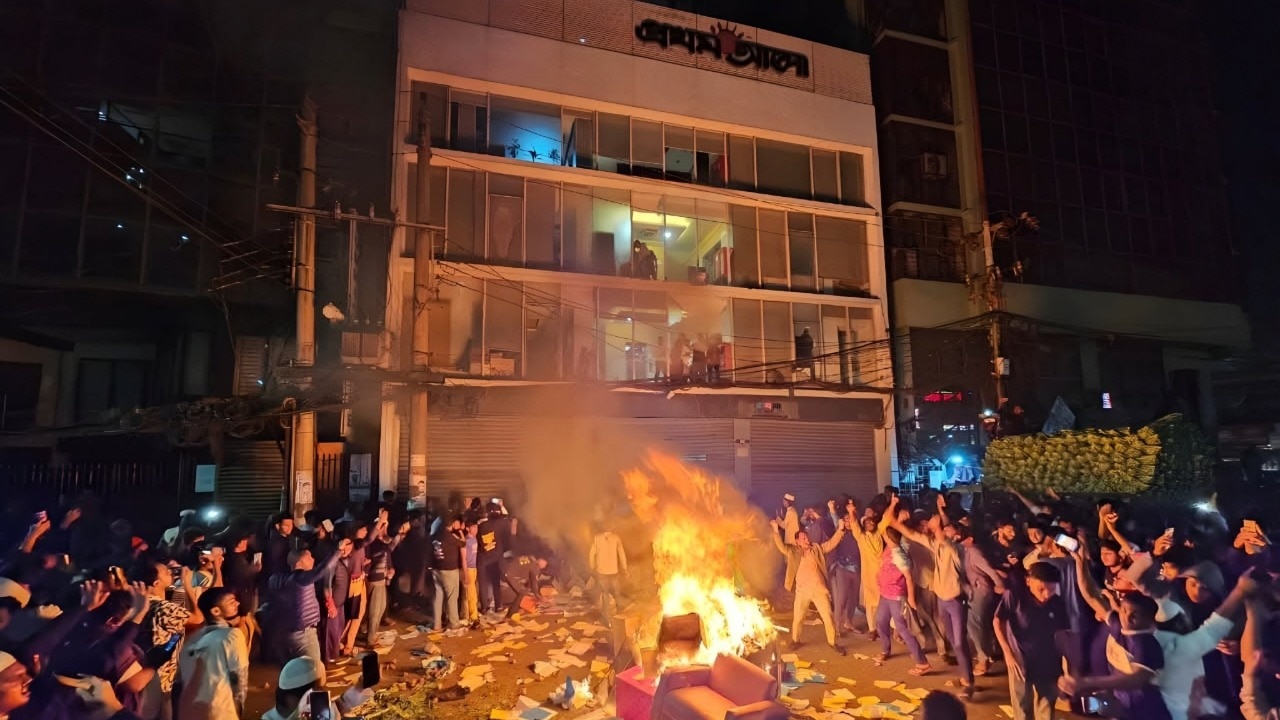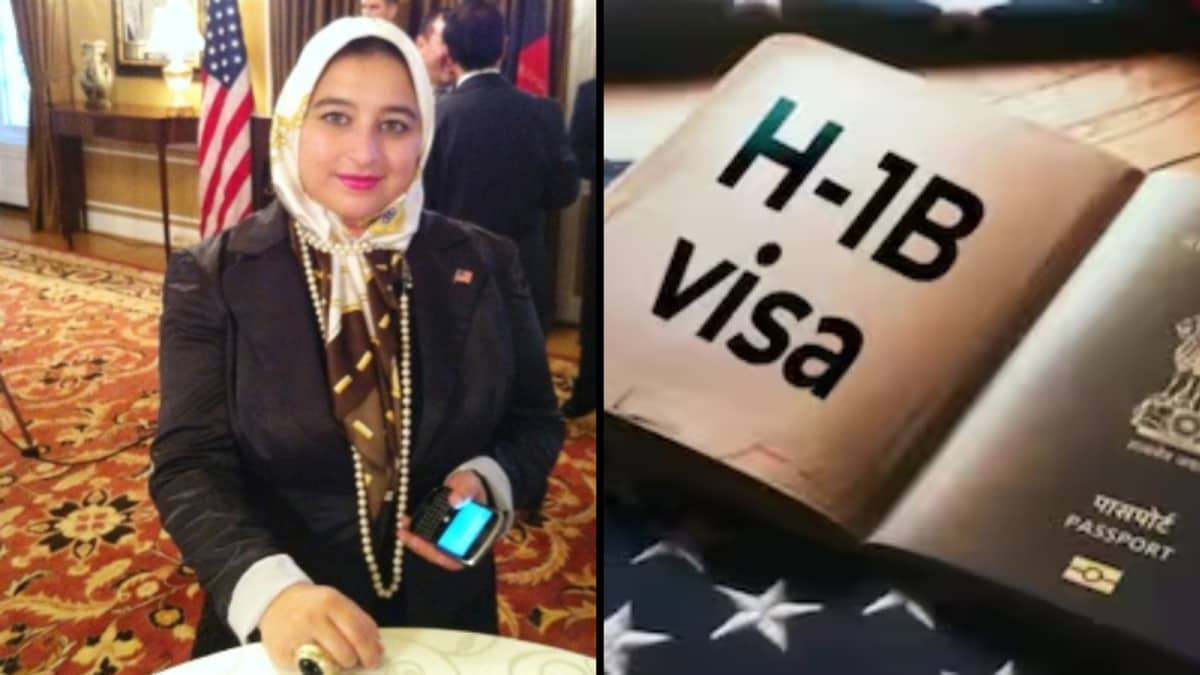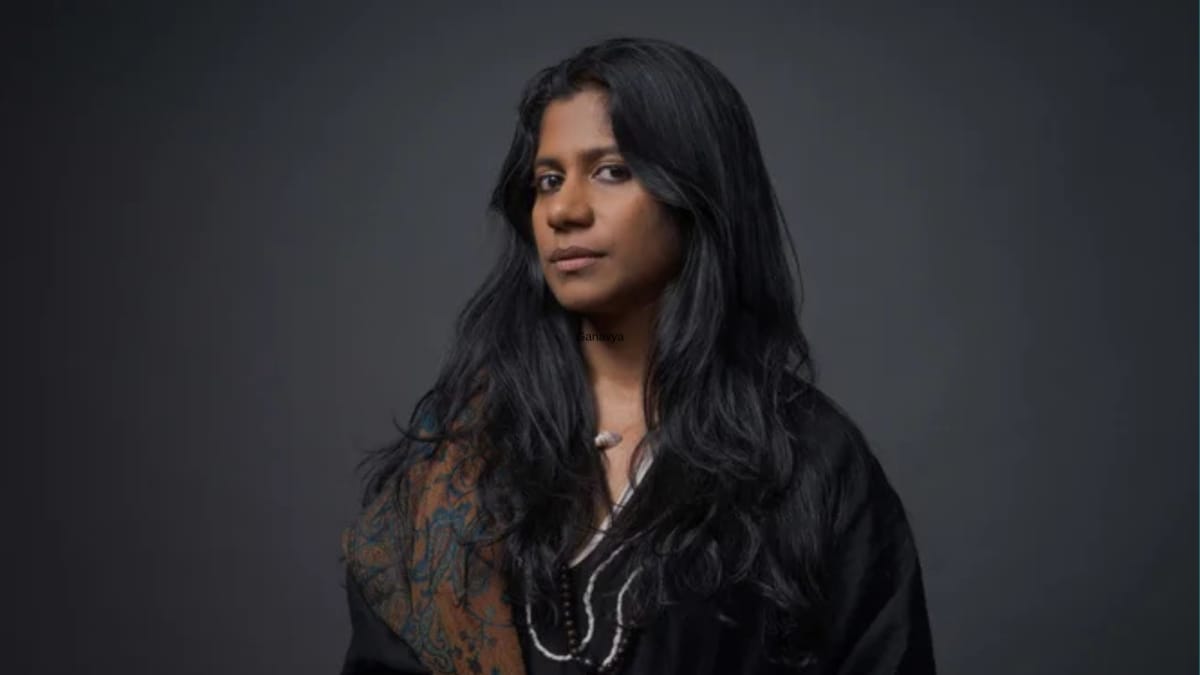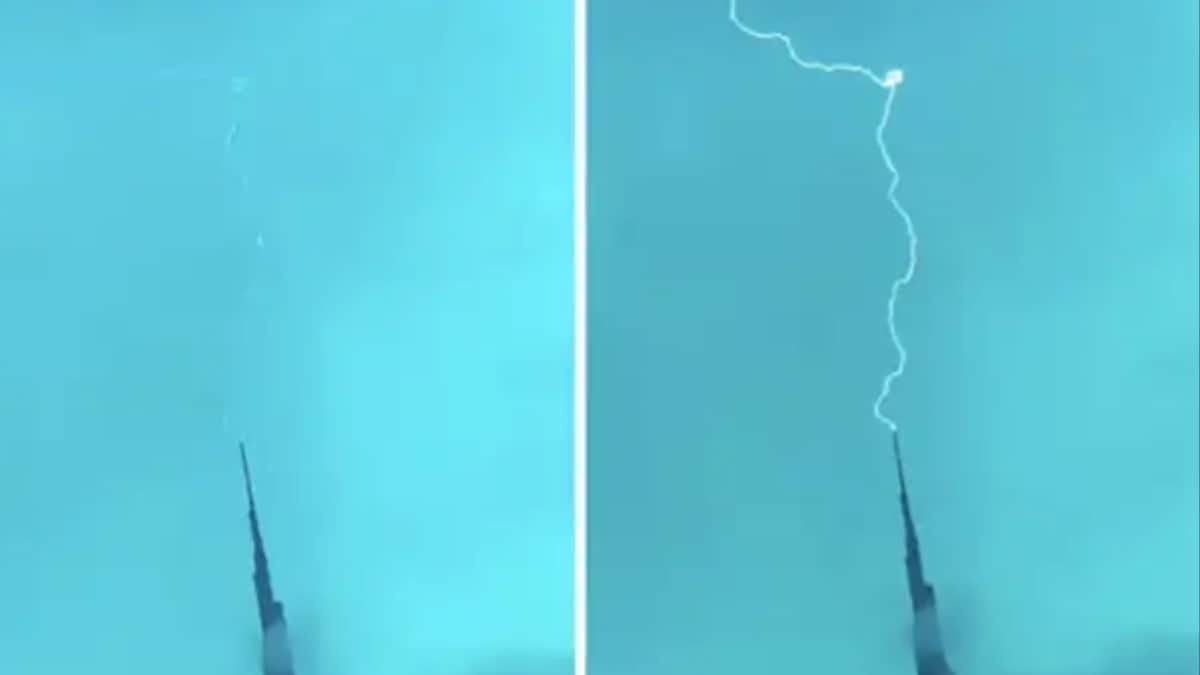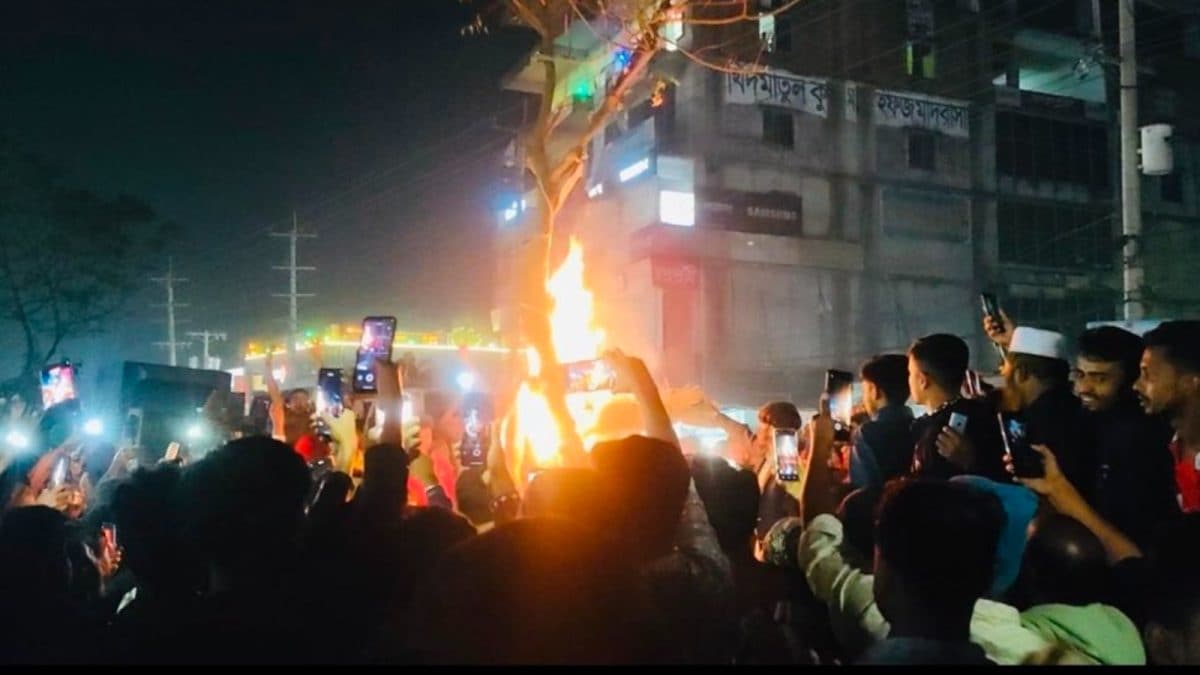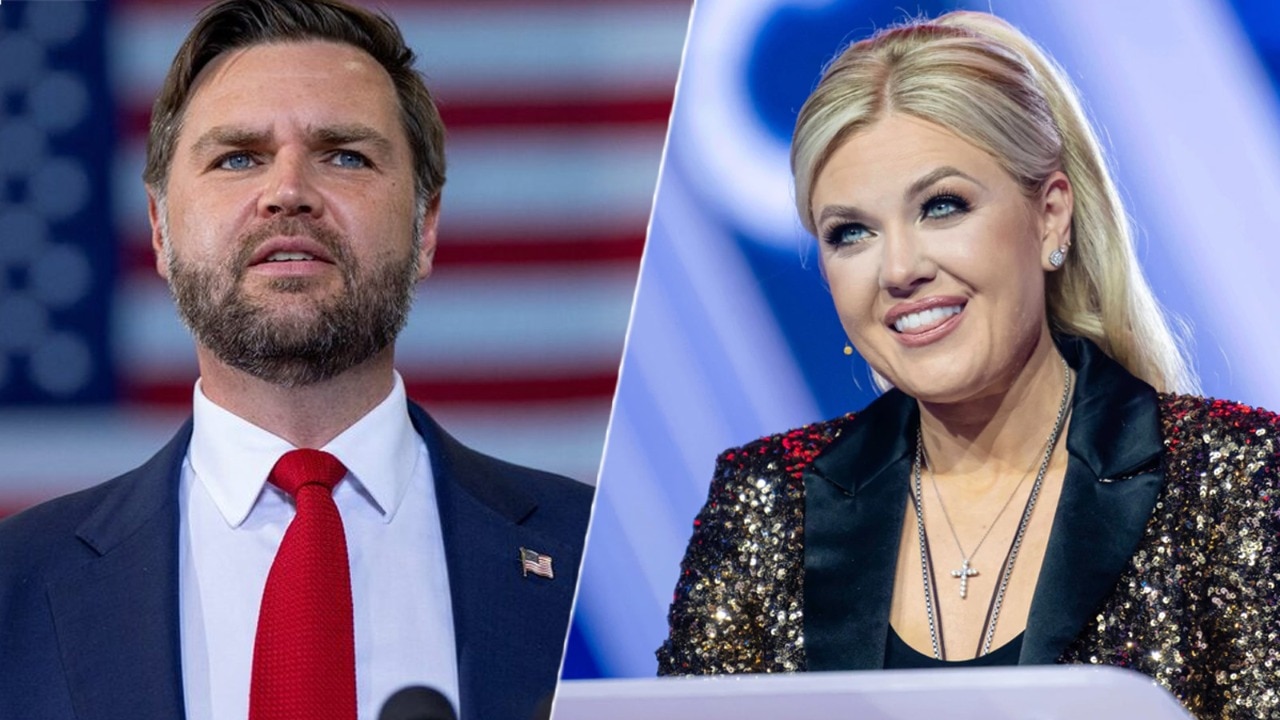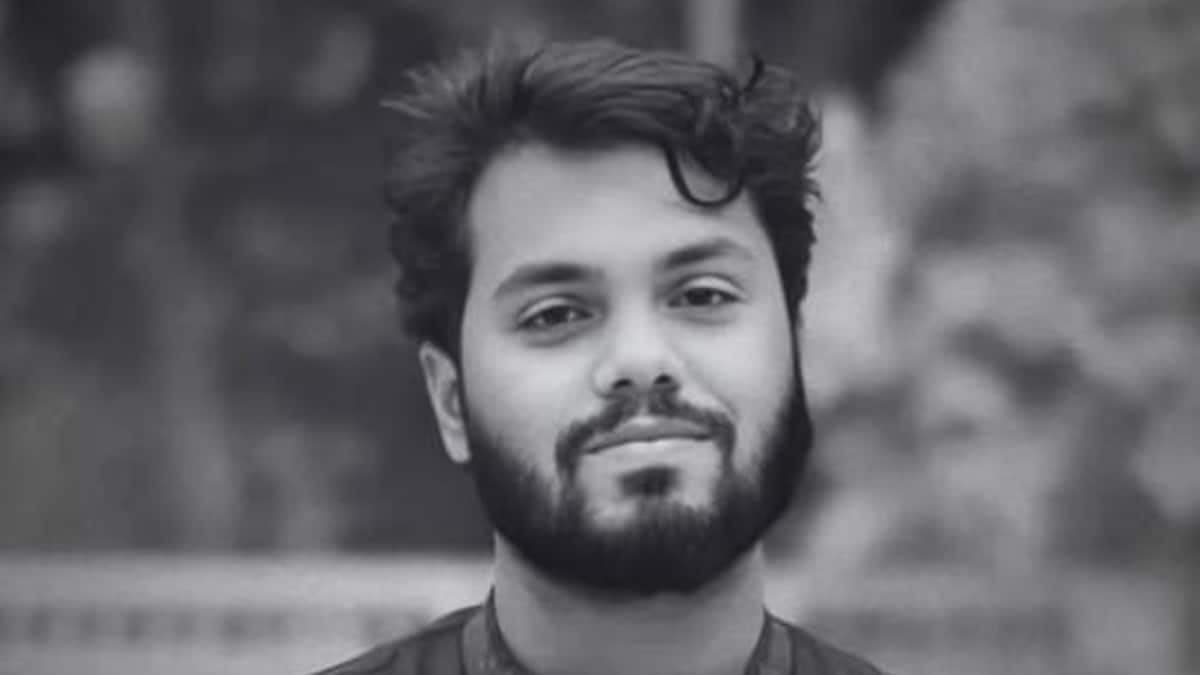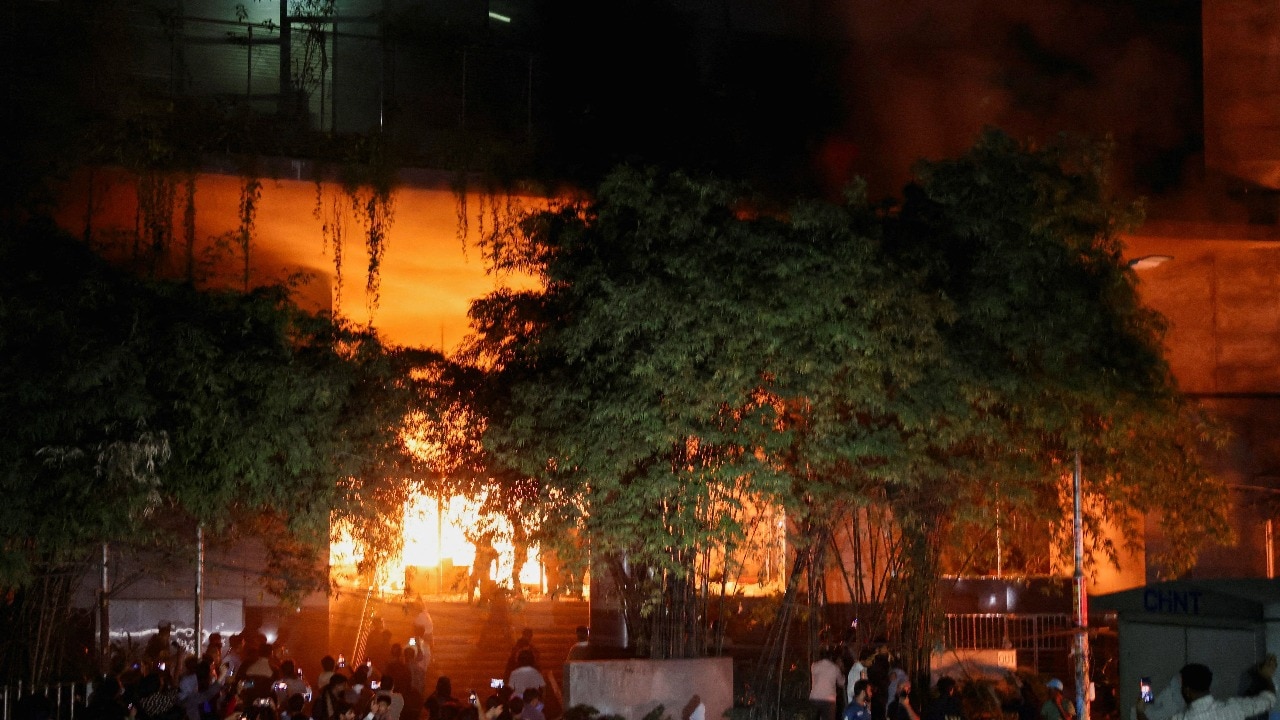Last Updated:November 03, 2025, 17:38 IST
Trump’s nuclear push, Russia’s new weapons and China’s expanding stockpile have reignited fears of a global arms race

Donald Trump. (IMAGE: REUTERS)
The global nuclear balance appears to be shifting again. For the first time in more than three decades, the United States has signalled that it could resume testing nuclear weapons, something not seen since the Cold War. US President Donald Trump’s order to the Pentagon to “immediately" restart testing has ignited fears that the world may be sliding into a new nuclear arms race, as other powers like Russia and China expand their arsenals and testing programmes.
The move also places India in a new strategic dilemma. For a quarter of a century, New Delhi has adhered to a voluntary moratorium on nuclear testing and a policy of credible minimum deterrence. But with Pakistan and China modernising their stockpiles, India faces renewed questions about how long its nuclear restraint can hold in an increasingly unstable environment.
Why Did The US Decide To Restart Nuclear Testing?
“Because of other countries’ testing programs, I have instructed the Department of War to start testing our Nuclear Weapons on an equal basis," Trump wrote on his Truth Social account. He later told reporters, “We’ve halted many years ago, but with others doing testing I think it’s appropriate to do so."
In his CBS 60 Minutes interview, Trump went further, claiming that “Russia’s testing and China’s testing, but they don’t talk about it… Certainly North Korea’s been testing. Pakistan’s been testing." He also repeated the claim that both India and Pakistan were on the verge of a nuclear war earlier this year, an escalation he claimed to have prevented “with trade and tariffs."
Trump’s statements came after Russian President Vladimir Putin announced successful trials of two nuclear-powered delivery systems—the Burevestnik cruise missile and the Poseidon underwater drone. Though tested without live warheads, both systems have raised strategic concerns.
Trump’s directive effectively ends a 33-year US testing moratorium dating back to 1992. Asked about timelines, he said only, “You’ll find out very soon."
Hans Kristensen of the Federation of American Scientists told The Telegraph that restarting explosive testing “would be expensive and take time: a simple explosion is 6–10 months’ [work], a fully instrumented test in 24–36 months, and a test to develop a new nuclear warhead is about 60 months."
How Is The Nuclear-Test-Ban Treaty Holding Up?
The Comprehensive Nuclear-Test-Ban Treaty (CTBT), adopted in 1996, bans all nuclear explosions for both military and civilian purposes. As of 2024, 187 countries had signed and 178 had ratified it. But the treaty has yet to take effect because eight key states, including the US, China, India, and Pakistan, have not completed both steps.
Signing expresses intent, but only ratification makes the treaty legally binding under international law. The US signed but never ratified the CTBT; therefore, it is not obliged to follow it. Russia, which ratified the treaty in 2000, revoked its approval in 2023.
China last conducted a nuclear test in 1996, the same year as France and the UK. The Soviet Union’s last test was in 1990, while the US stopped in 1992. Since the CTBT was opened for signature, only 10 nuclear tests have been conducted — all by India, Pakistan and North Korea.
North Korea has carried out six underground detonations in 2006, 2009, 2013, 2016 (twice) and 2017, while Israel continues to pursue a policy of “nuclear opacity," neither confirming nor denying possession of nuclear weapons. South Africa remains the only country ever to have developed and then voluntarily dismantled its arsenal.
How Many Nuclear Weapons Exist Today?
According to the Federation of American Scientists (FAS), as of 2025, nine countries collectively hold about 12,241 nuclear warheads. Of these, 9,614 are in military stockpiles ready for potential use, 3,912 are deployed with operational forces, and about 2,100 are on high alert—mainly with the US, Russia, the UK, and France.
Breakdown of global arsenals (2025):
Russia: 5,459 total (4,309 in military stockpile)United States: 5,177 (3,700 stockpile)China: 600France: 290United Kingdom: 225Pakistan: 170India: 180Israel: 90North Korea: 50The US and Russia together hold about 87 per cent of the global total. While dismantlement continues slowly, military stockpiles—the usable portion—are once again increasing. “Instead of planning for nuclear disarmament," the report warned, “the nuclear-armed states appear to plan to retain large arsenals for the indefinite future."
Is The World On The Brink Of A New Nuclear Arms Race?
In June, the Stockholm Peace Research Institute (SIPRI) warned that the world was “on the brink of a new nuclear arms race." The institute said that although the total number of warheads globally is declining, new ones are being added to active arsenals, and the absence of arms control agreements could reverse decades of reductions.
One reason is the collapse of landmark treaties that once constrained the US and the Soviet Union. The Anti-Ballistic Missile Treaty (1972), Strategic Arms Limitation Talks II (1979) and the Intermediate-Range Nuclear Forces Treaty (1987) have all either lapsed or been abandoned. The US withdrew from several of them, accusing Moscow of violations, and Russia later followed.
The weakening of these guardrails has allowed each nuclear power to pursue modernisation more aggressively, leading to a quiet but clear shift in posture.
Historically, such competition has never been limited to scientific testing, it has always carried political undertones. During the Cold War, nuclear detonations were as much about signalling power as proving technology. The Soviet Union’s 1961 Tsar Bomba test remains the most striking example. Detonated over the Arctic archipelago of Novaya Zemlya, the 50-megaton blast created a mushroom cloud that rose more than 40 miles into the atmosphere. It was, as analysts put it, “an act of performative Cold War bravado"—a show of might designed to demonstrate that Moscow could build the biggest bomb ever conceived.
In today’s world of renewed rivalries, many believe that testing could once again become a form of geopolitical signalling.
Where Does India Stand In This Changing Nuclear Landscape?
India, which carried out its first nuclear test in 1974 and the Pokhran-II series in 1998, maintains a doctrine of “credible minimum deterrence" and a declared no-first-use policy. Since 1998, it has voluntarily refrained from further testing.
However, Trump’s testing order and the growing nuclear activity by Russia and China have prompted debate within India’s strategic community over whether it should reconsider its moratorium. Indian Army veteran Lt Gen Raj Shukla (Retd) said on X, “Trump announces resumption of nuclear testing. Putin fires the nuclear-powered and armed land cruise missile, Burevestenik, and the underwater nuclear-powered and armed missile Poseidon. Does India’s nuclear posture need a re-visit/re-structuring?"
India’s stockpile is estimated at around 180 warheads, compared with Pakistan’s 170 and China’s 600, projected to rise to 1,000 by 2030. While Pakistan’s fissile material could support about 200 warheads by 2028, China’s 2021 test of the Fractional Orbital Bombardment System (FOBS), which places warheads into partial Earth orbit to evade defences, is seen as the greater worry.
Professor Happymon Jacob, founder of the Centre for Security and Development Research and editor of India’s World magazine, posted on X, “Should the US resume nuclear testing, India must seize the opportunity to conduct its own thermonuclear tests, thus validating its deterrent and putting an end to lingering doubts about the success of the 1998 thermonuclear tests."
Which Countries Have Nuclear Weapons, And Who Has Given Them Up?
Nine countries currently possess nuclear weapons: US, Russia, China, France, the United Kingdom, India, Pakistan, North Korea, and Israel. Of these, Israel maintains deliberate ambiguity, neither confirming nor denying possession. South Africa remains the only country to have developed and then voluntarily dismantled its nuclear arsenal.
France and Israel have maintained stable inventories, but China, India, Pakistan, North Korea, and the UK are all increasing theirs. The US and Russia are modernising their arsenals despite nominal reductions.
What Does This Mean For India And The World?
The renewed talk of testing and the erosion of treaties mark the sharpest reversal of nuclear restraint since the early 1990s. For nearly three decades, the CTBT and related accords created a delicate balance in which nuclear weapons served mainly as deterrents. That understanding is now eroding.
For India, the challenge lies in balancing its moral and strategic calculus: whether to uphold its restraint or assert its deterrent through new tests.
For now, India continues to rely on its policy of credible minimum deterrence and no-first-use. But as Trump reopens the conversation on testing, New Delhi faces an increasingly complex question: how long can restraint last in an age where nuclear weapons are once again tools of power?

Karishma Jain, Chief Sub Editor at News18.com, writes and edits opinion pieces on a variety of subjects, including Indian politics and policy, culture and the arts, technology and social change. Follow her @kar...Read More
Karishma Jain, Chief Sub Editor at News18.com, writes and edits opinion pieces on a variety of subjects, including Indian politics and policy, culture and the arts, technology and social change. Follow her @kar...
Read More
First Published:
November 03, 2025, 17:31 IST
News explainers Do Trump’s Nuke Remarks Signal A New Arms Race, And Where Does India Stand In The Power Equation?
Disclaimer: Comments reflect users’ views, not News18’s. Please keep discussions respectful and constructive. Abusive, defamatory, or illegal comments will be removed. News18 may disable any comment at its discretion. By posting, you agree to our Terms of Use and Privacy Policy.
Read More

 1 month ago
1 month ago
